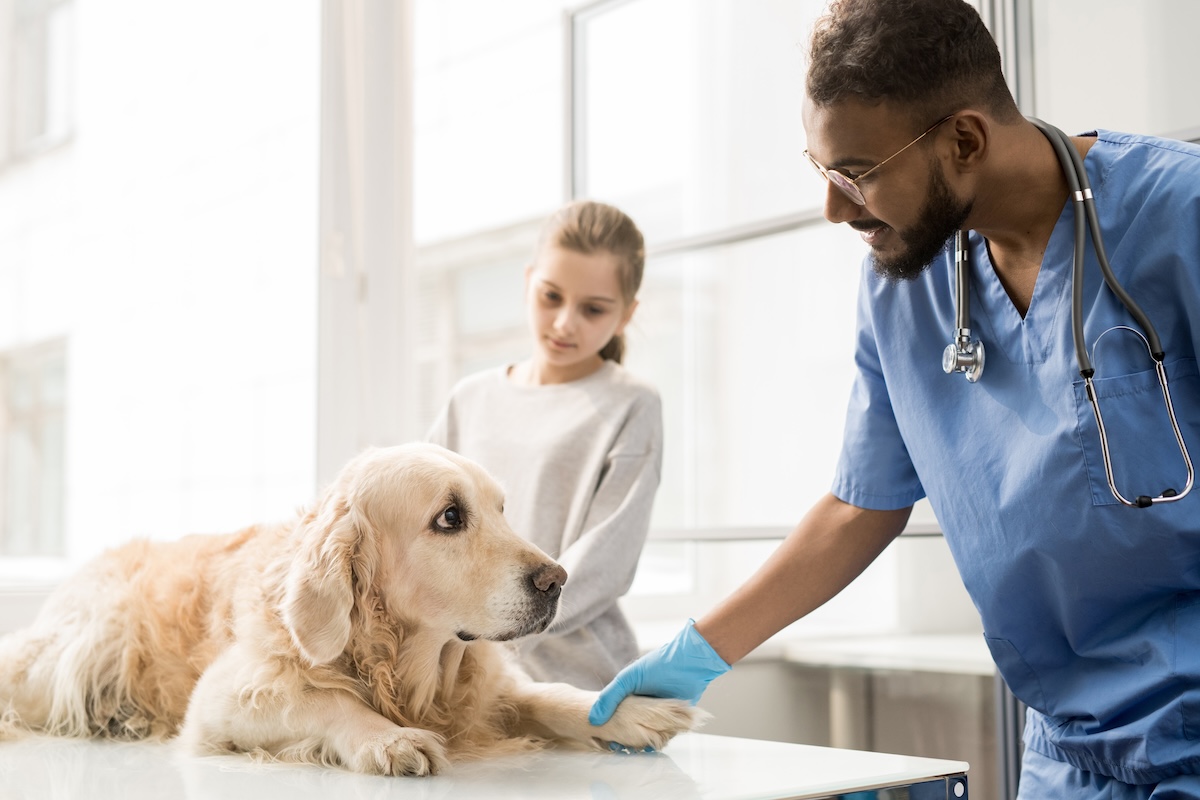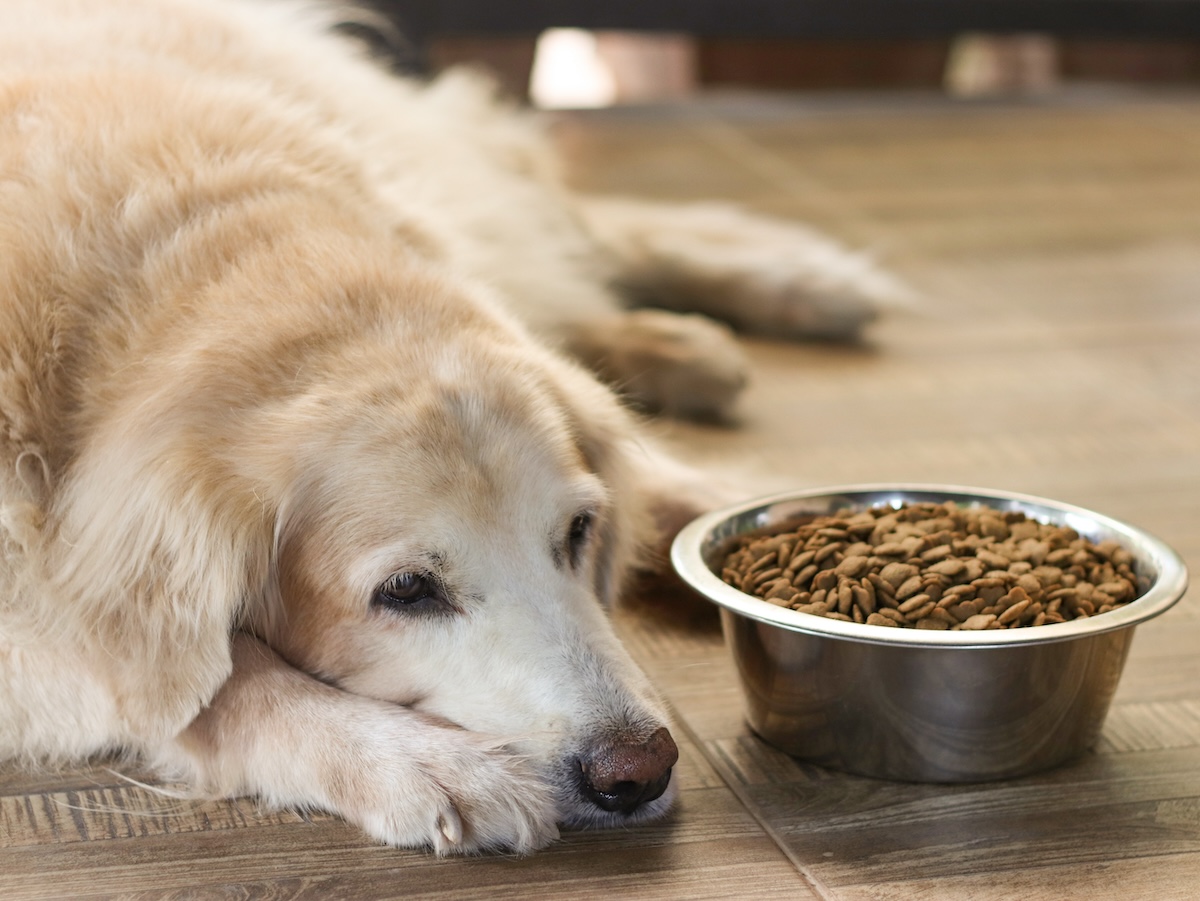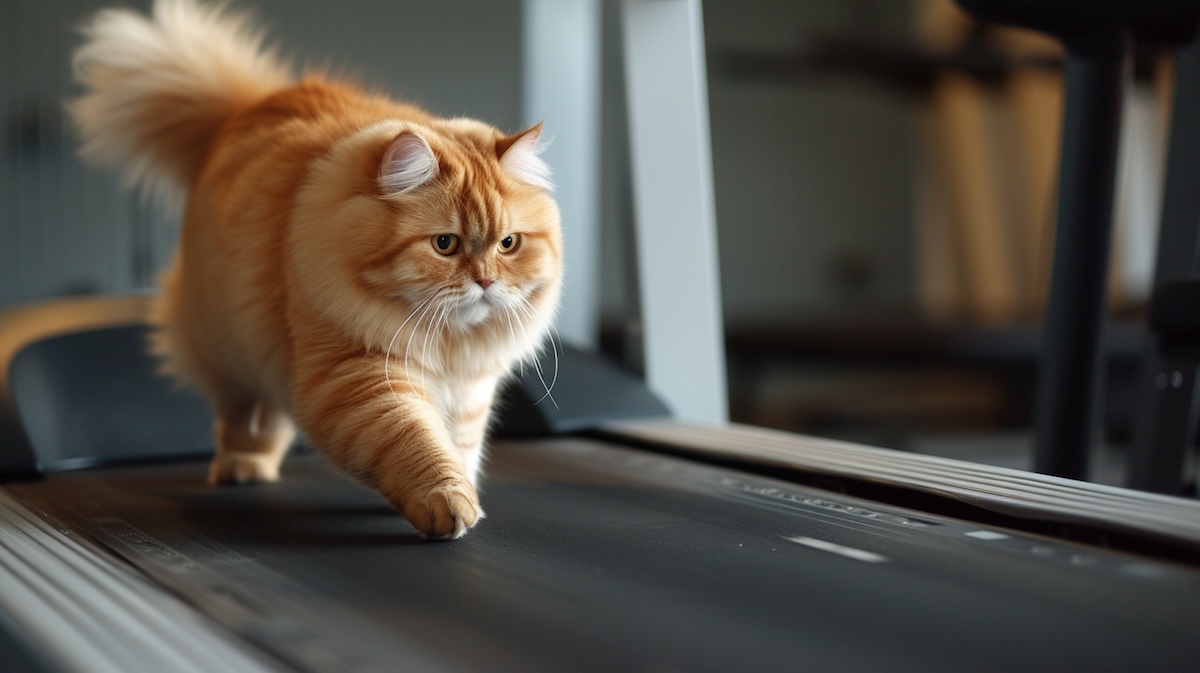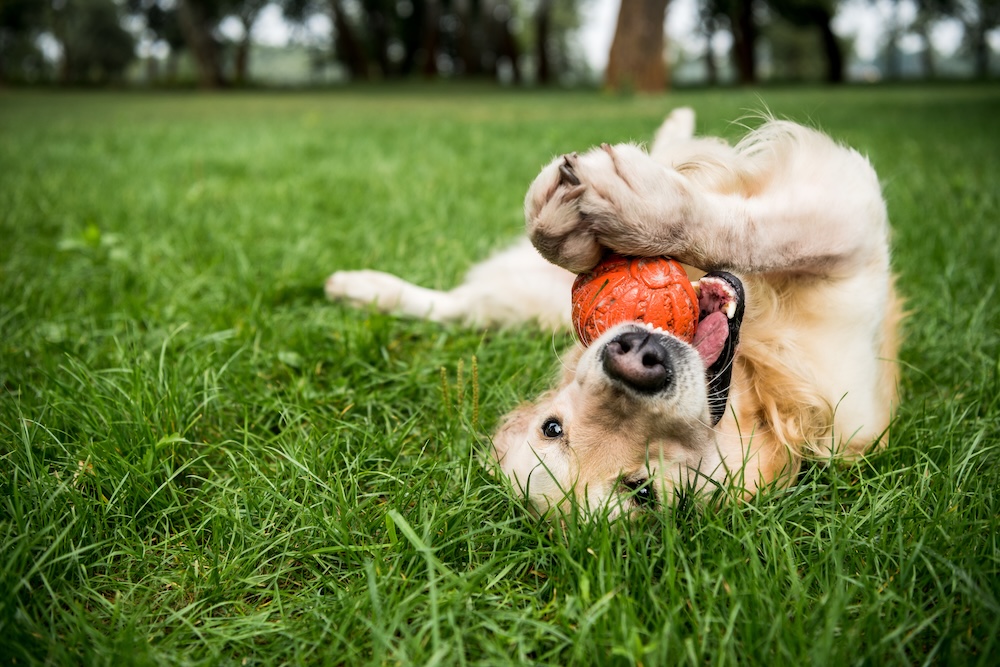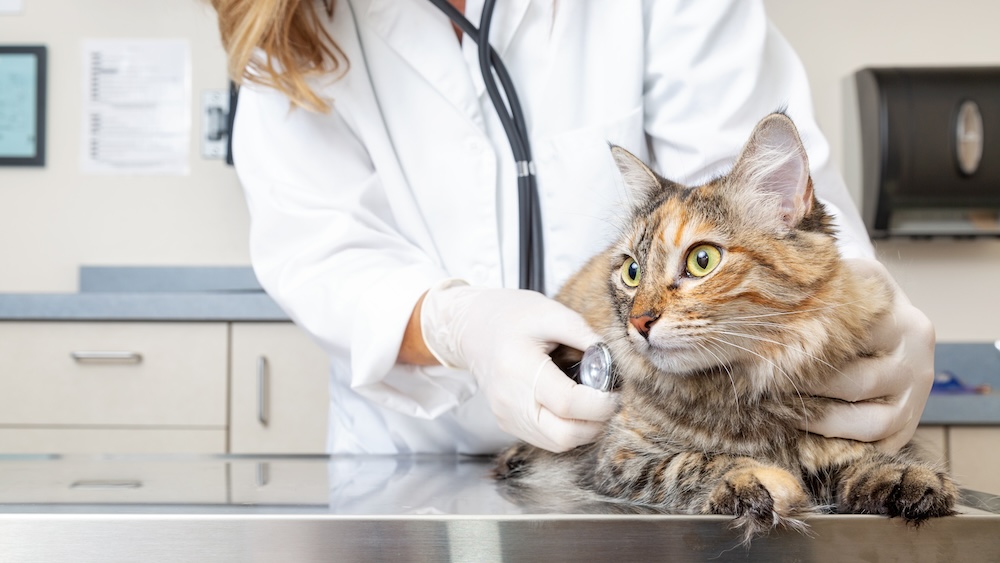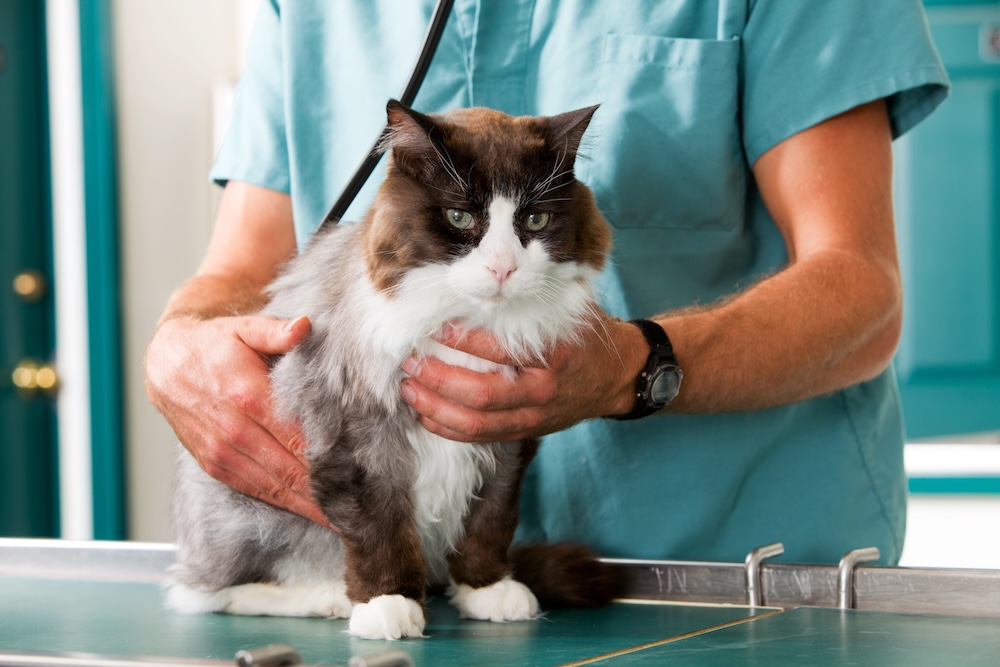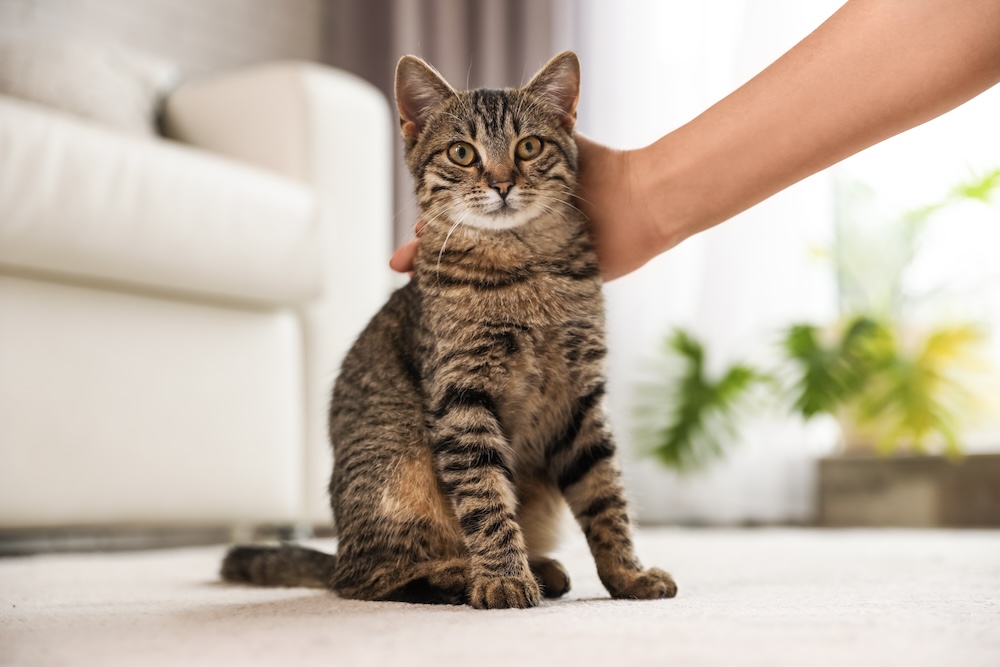A Pet Parent’s Guide to Cat Dental Care
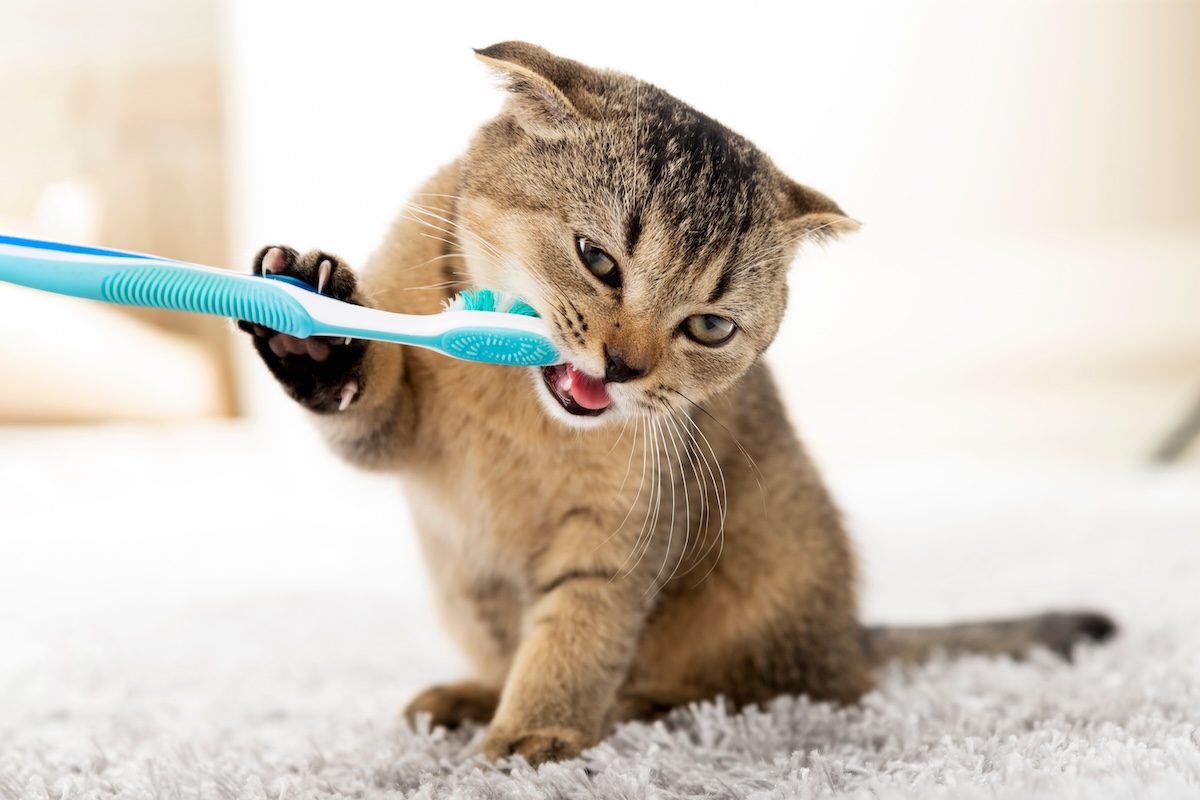
At Faithful Friends Veterinary Clinic, we know that a healthy cat is a happy cat, and dental health is a crucial aspect of your feline friend’s overall well-being. Good dental hygiene can prevent numerous health issues and ensure that your cat enjoys a long, comfortable, and pain-free life. This comprehensive guide aims to equip you with everything you need to know about cat dental care, from understanding the importance of oral hygiene to actionable tips for maintaining your cat’s sparkling smile.
Why Cat Dental Care Matters
Cats, like humans, can suffer from a variety of dental problems if their oral health is neglected. Here are some key reasons why maintaining your cat’s dental health is so important:
Preventing Dental Disease
Dental disease is one of the most common health issues in cats. Gingivitis, periodontal disease, and tooth resorption can cause significant discomfort and pain, affecting your cat’s ability to eat and enjoy life.
Avoiding Systemic Health Issues
As in humans, poor oral hygiene can lead to bacteria entering the bloodstream through inflamed gums, affecting vital organs like the heart, kidneys, and liver. Maintaining good dental health is essential for preventing these systemic health issues.
Enhancing Quality of Life
Cats are adept at hiding pain, so you might not immediately notice if they are suffering from a dental problem. Regular dental exams by a veterinarian will help detect problems early in addition to home dental care, which can ensure your cat remains pain-free and happy.
Signs of Dental Problems in Cats
Recognizing the signs of dental issues early can make a significant difference in treatment outcomes. Here are some clinical signs and symptoms that may indicate your cat is experiencing dental problems:
- Bad Breath (halitosis): Persistent bad breath can be a sign of dental disease or infection.
- Drooling: Excessive drooling may indicate oral pain or discomfort.
- Visible Tartar Buildup: Yellow or brown tartar on your cat’s teeth is a clear sign that a dental cleaning is needed.
- Swollen or Bleeding Gums: Inflamed gums (gingivitis) can progress to more severe periodontal disease if left untreated.
- Difficulty Eating: If your cat is dropping food, chewing on one side, or showing reluctance to eat, it could be due to dental pain.
- Teeth Chattering: When there is pain in the mouth, it can sometimes trigger a quick chatter.
- Pawing at the Mouth: This behavior often indicates discomfort or pain in the mouth.
- Weight Loss: This can be subtle and happen slowly over time.
- Upkept/Matted Coat: Oral pain can cause a cat’s grooming habits to taper off leading to an unkept, dull, or matted coat.
- Reduced Activity or Playing: When their mouths hurt, cats don’t play, and often they want to spend more time alone.
Steps to Maintain Your Cat’s Dental Health
While it might seem daunting at first, maintaining your cat’s dental health can become a manageable and routine part of your pet care regimen. Here are some effective strategies:
Regular Veterinary Dental Check-Ups
Schedule regular dental check-ups with your veterinarian. At Faithful Friends Veterinary Clinic, our thorough dental exams include: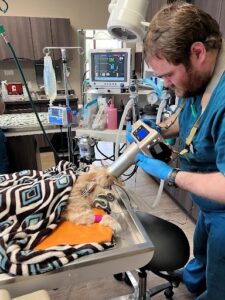
- Oral Examination: We’ll look for signs of dental disease, infection, or abnormalities.
- Professional Cleaning: Performing a dental cleaning under general anesthesia (as opposed to sedation) is the safest way to allow for a thorough cleaning of your cat’s teeth to remove tartar and plaque, polish the teeth, and conduct extractions if necessary. At Faithful Friends, every anesthetized patient has a skilled, licensed veterinary nurse monitoring their vitals, and we follow published AAHA guidelines on anesthesia to ensure your pet
is under the safest of conditions. - X-Rays: Dental x-rays can help diagnose problems beneath the gum line that aren’t visible during a visual exam. They can also help us evaluate missing teeth and look for retained roots that could be causing pain!
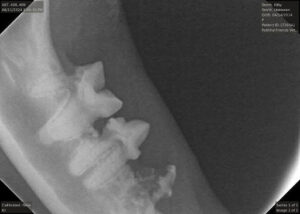
Brushing Your Cat’s Teeth
Brushing your cat’s teeth is one of the most effective ways to maintain oral hygiene at home. While it might take some time and patience to get your cat used to the process, it can significantly reduce the risk of dental disease. Here’s how to get started: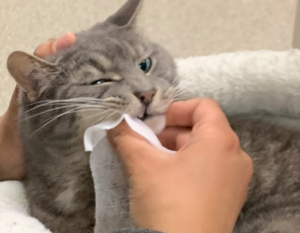
- Choose the Right Tools: Use a cat-specific toothbrush and toothpaste. Never use human toothpaste, as it can be harmful to cats. Alternatively, a soft, disposable gauze sponge may be wrapped around your finger and used to apply toothpaste.
- Start Slowly: Begin by letting your cat get used to the taste of the toothpaste. Apply a small amount on your finger and let them lick it off.
- Gentle Brushing: Gradually introduce the toothbrush, using gentle, circular motions to clean the outer surfaces of the teeth. Focus on the back teeth, where plaque and tartar tend to accumulate. Alternatively, the gauze wrapped finger can be used to gently wipe teeth.
- Positive Reinforcement: Reward your cat with praise or a small treat after each brushing session to create a positive association.
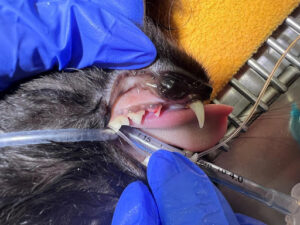
Dental Diets and Chews
Specialized dental diets and treats can help reduce plaque and tartar buildup. These products are formulated to clean your cat’s teeth as they chew. Consult your veterinarian for recommendations on dental diets and chews that are suitable for your cat.
Oral Rinses and Water Additives
Oral rinses and water additives can be a useful addition to your cat’s dental care routine. These products contain ingredients that help reduce bacteria and freshen breath. They are easy to use and can be added to your cat’s water bowl.
Be sure to only choose dental care products that have gone through safety and efficacy testing. Your veterinarian can help you choose the best product for your cat. Additionally, a great resource for VOHC approved dental care products can be found here.
Regular Home Checks
In addition to professional care, regular home checks are crucial for maintaining your cat’s dental health. Here’s how to conduct a simple at-home dental check-up:
- Check Breath: Notice any changes in your cat’s breath. Persistent bad breath can be a sign of dental issues.
- Inspect Gums: Look for signs of inflammation, redness, or bleeding.
- Examine Teeth: Check for visible tartar buildup or any broken or loose teeth.
- Monitor Eating and Grooming Habits: Pay attention to any changes in your cat’s eating and grooming habits, as they can be indicative of oral discomfort.
When to Seek Veterinary Help
Despite your best efforts, some dental issues may require professional intervention. Contact your veterinarian if you notice any of the following:
- Persistent bad breath
- Excessive drooling
- Difficulty eating or loss of appetite
- Swollen or bleeding gums
- Loose or broken teeth
- Pawing at the mouth or signs of oral pain
Call us for a Cat Chat
At Faithful Friends Veterinary Clinic, we are committed to providing comprehensive and compassionate care for your feline companions. Our team of skilled veterinarians and technicians is dedicated to ensuring your cat’s dental health through regular check-ups, professional cleanings, and personalized advice.
Good dental health is essential for your cat’s overall well-being. By taking proactive steps to maintain your cat’s oral hygiene, you can prevent many common dental issues and ensure your furry friend enjoys a long, healthy, and happy life. Schedule an appointment with us today to discuss your cat’s dental care needs. Your cat’s smile is in good hands with us.


